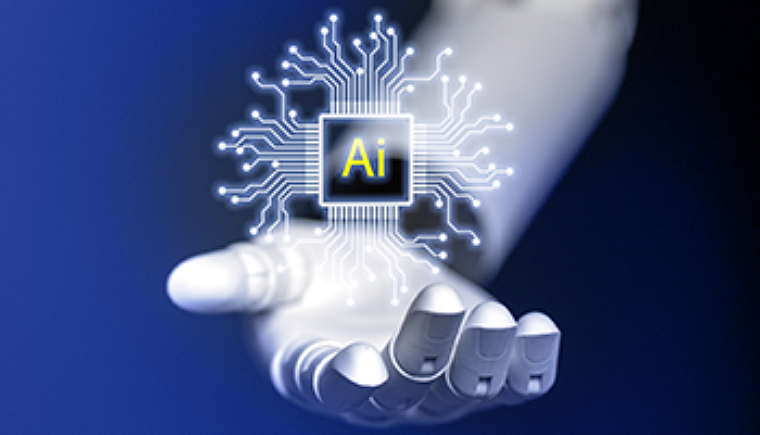Before generative AI captured the popular imagination in late 2022, the ability to create new things—a competitive analysis, business presentation or piece of software code—was seen as an exclusively human trait. Now, with the showstopping debut of Open AI’s ChatGPT, anyone with a computer can witness generative AI systems respond to a prompt with new content and ideas at mind-bending speed.
At first blush, this could seem threatening. But as time goes on, the future of generative AI will grow increasingly clear: Rather than replace humans, this technology will enhance and augment human intelligence and decision-making, making us better at what we already do.
Businesses already can integrate generative AI tools, safely and responsibly, into their workflows. But as gen AI further permeates enterprise technology stacks, it will expand beyond simply automating single tasks. Multiple gen AI agents will collaborate with each other to orchestrate all the processes, systems and pools of knowledge needed to execute a complex series of interconnected tasks, from modifying a product design, to figuring out your PTO based on your upcoming workload. And rather than maneuvering through disparate systems, apps and data, workers will use a single interactive and conversational interface that makes all the necessary connections.
In the future, generative AI will change how we work by acting behind the scenes to pull together all aspects of the business and provide a unified access point for consumers and employees alike. As gen AI matures, it will make our current levels of productivity seem quaint, while changing—at the deepest level—the way businesses innovate, make decisions and organize themselves.
The risks of gen AI are well-documented. Many businesses are hesitant about incurring a major security or ethics breach—not unlike the early days of PCs, the internet and mobile computing. But like those technologies, generative AI will move through its current era of vast disruption to become an unquestioned part of the fabric of work. With due diligence, governance and a phased implementation, these new tools can, and should, be safely deployed without constraining the potential gains in innovation, efficiency and productivity.
Leaders who understand the scale of what’s unfolding and begin deploying gen AI safely today stand to gain more than the usual “first-mover advantage.” With the tech, the potential gains for leading the way in its adoption are as limitless as the possibilities of the future of generative AI itself.




























